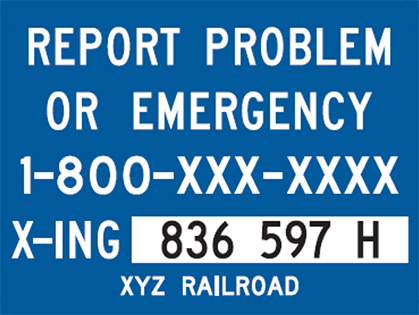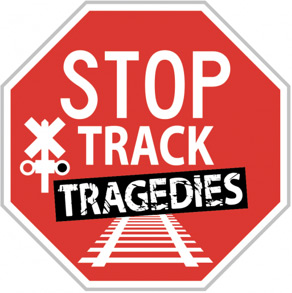There are approximately 443 miles of active railroad in New Hampshire. 1
 New Hampshire is the largest railroad owner with over 200 miles of active line, purchased to preserve freight service to industry or promote tourism and economic development.1 There are eight freight railroads that operator in the state, and freight volumes are keeping pace with national trends.1 The short line and regional railroads that operate in NH provide an economical alternative to shippers, especially for heavy bulk commodities.1 One railroad car equals 3-4 truckloads; this can help relieve highway congestion and wear and tear on roadways.1
New Hampshire is the largest railroad owner with over 200 miles of active line, purchased to preserve freight service to industry or promote tourism and economic development.1 There are eight freight railroads that operator in the state, and freight volumes are keeping pace with national trends.1 The short line and regional railroads that operate in NH provide an economical alternative to shippers, especially for heavy bulk commodities.1 One railroad car equals 3-4 truckloads; this can help relieve highway congestion and wear and tear on roadways.1
These signs are posted at or near a highway-rail grade crossing, lists a telephone number along with the crossing’s US Department Of Transportation number and is used to notify the railroad of an emergency or warning device malfunction.

